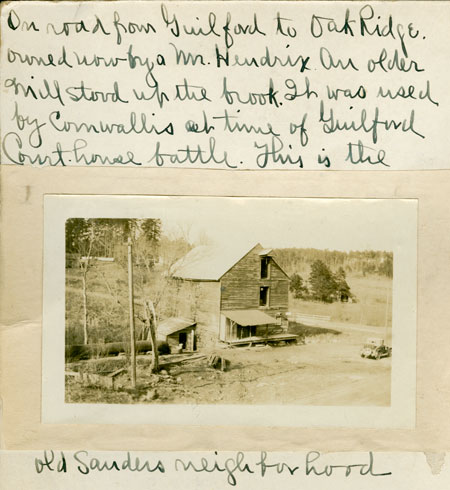“Virginia, North Carolina, South Carolina have adopted similar policies to combat the migration of their Negro laborers to northern industrial centers.
“At Greensboro, N. C., a Negro named Charles Hampton was fined $500 for ‘secretly enticing’ 10 Negro laborers to take the train for Harrisburg, Pa.”
— From Time magazine, June 4, 1923
” ‘Go north, Piccaninny, go north,’ is the advice which the breezes have been whispering to the Negroes of the South. The Negroes have responded with remarkable willingness.
“[The North’s higher wages seem more important than its better schools and living conditions]. For example, North Carolina now spends more than three times as much per year for Negro education as it spent on all education in 1900, yet 30,000 Negroes have left the state since last April.”


